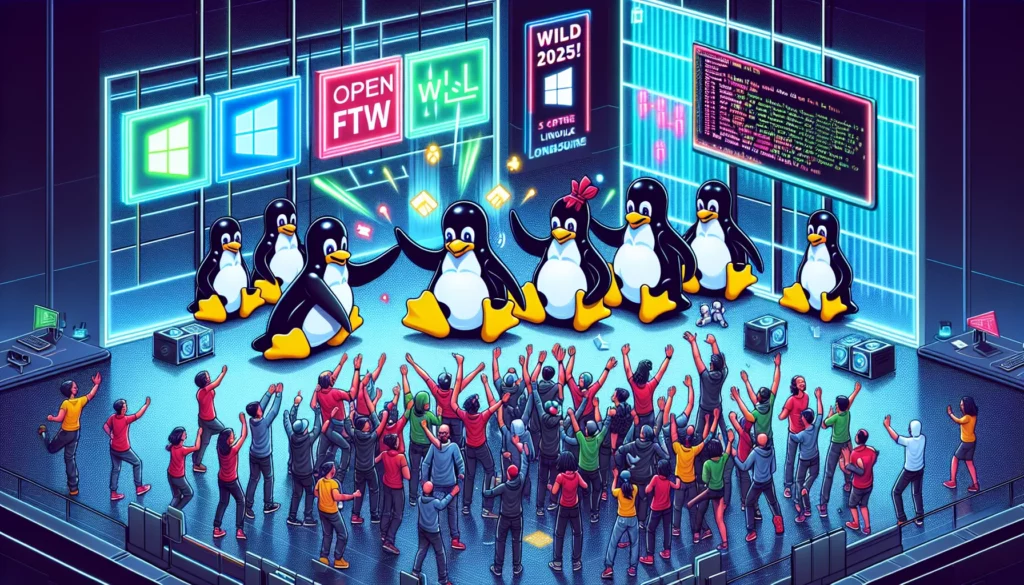Microsoft Announces Open-Source Initiative for Windows Subsystem for Linux at Build 2025
Microsoft has made a significant advancement by open-sourcing the Windows Subsystem for Linux (WSL), now available on GitHub, with a few exceptions for specific components integral to Windows.
This decision represents a pivotal moment for a project that originated as an experimental feature nearly a decade ago and has since evolved into a widely utilized tool on the Windows platform.
WSL was initially introduced during Microsoft Build 2016, subsequently integrated into the Windows 10 Anniversary Update. This enabled users to run various Linux distributions directly within a Windows environment.
The original version, WSL 1, employed a compatibility layer that translated Linux system calls, facilitating communication with the Windows NT kernel through a custom driver known as lxcore.sys. In 2019, Microsoft advanced the platform with the release of WSL 2, which featured a genuine Linux kernel operating in a virtual machine. This upgrade yielded substantial performance improvements, support for graphics processing units (GPU) and systemd, as well as the capability to execute graphical applications.
At the recent Microsoft Build 2025 event, the company unveiled the open-source status of WSL, which includes its command-line tools (wsl.exe and wslg.exe), background services (wslservice.exe), and Linux-side daemons responsible for networking, daemon launching, and port forwarding setup.
Pierre Boulay from Microsoft emphasized the importance of community contributions, stating that the project could not have reached its current level without the input from developers, even prior to the opening of the source code. The excitement surrounding this open-sourcing initiative is rooted in the anticipation of enhanced community engagement in the project’s future development.
The only components retained as proprietary, due to their status as part of Windows, are Lxcore.sys, the kernel driver for WSL 1, and P9rdr.sys along with p9np.dll, which assist in the “wsl.localhost” filesystem redirection.
This move to open-source WSL empowers developers to explore the underlying code, compile it independently, and contribute enhancements and fixes. Microsoft aims to cultivate a vibrant developer community that will offer new features and improvements to the platform.
For a comprehensive overview of the Windows Subsystem for Linux architecture and components, additional details are available at the official documentation site.








